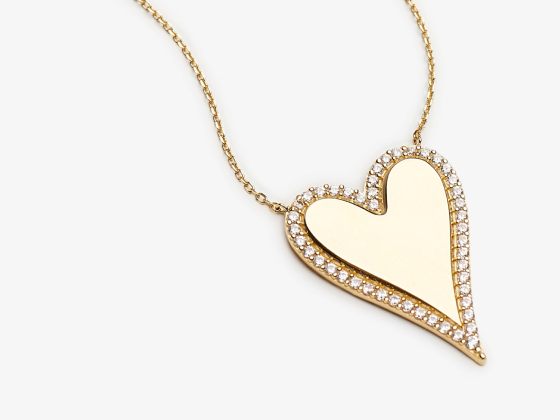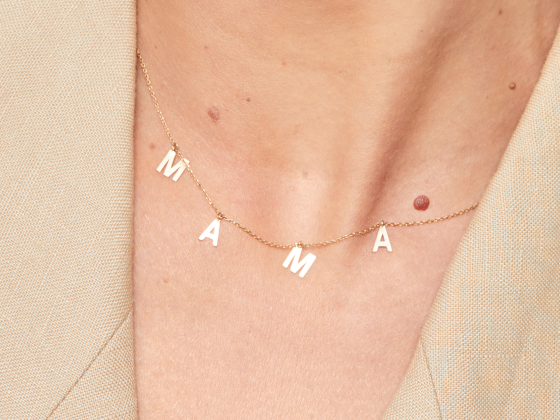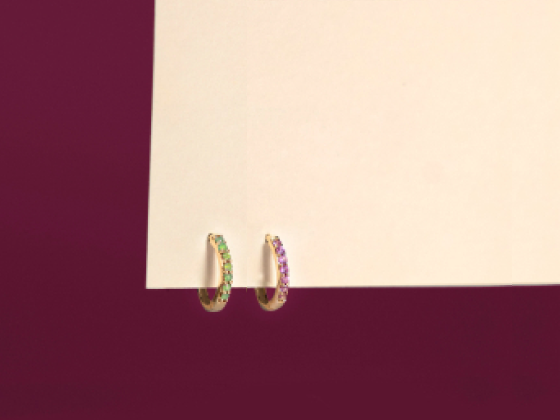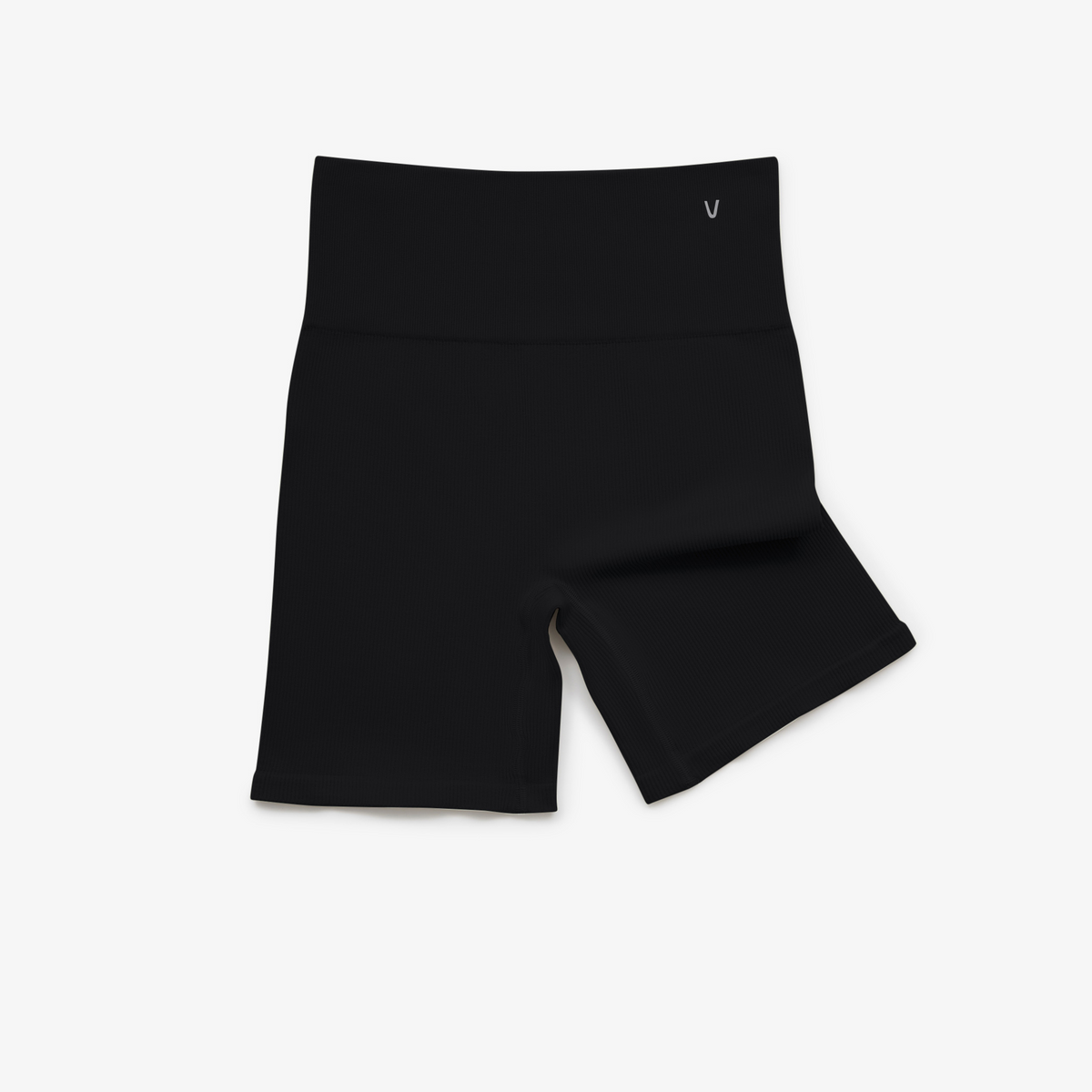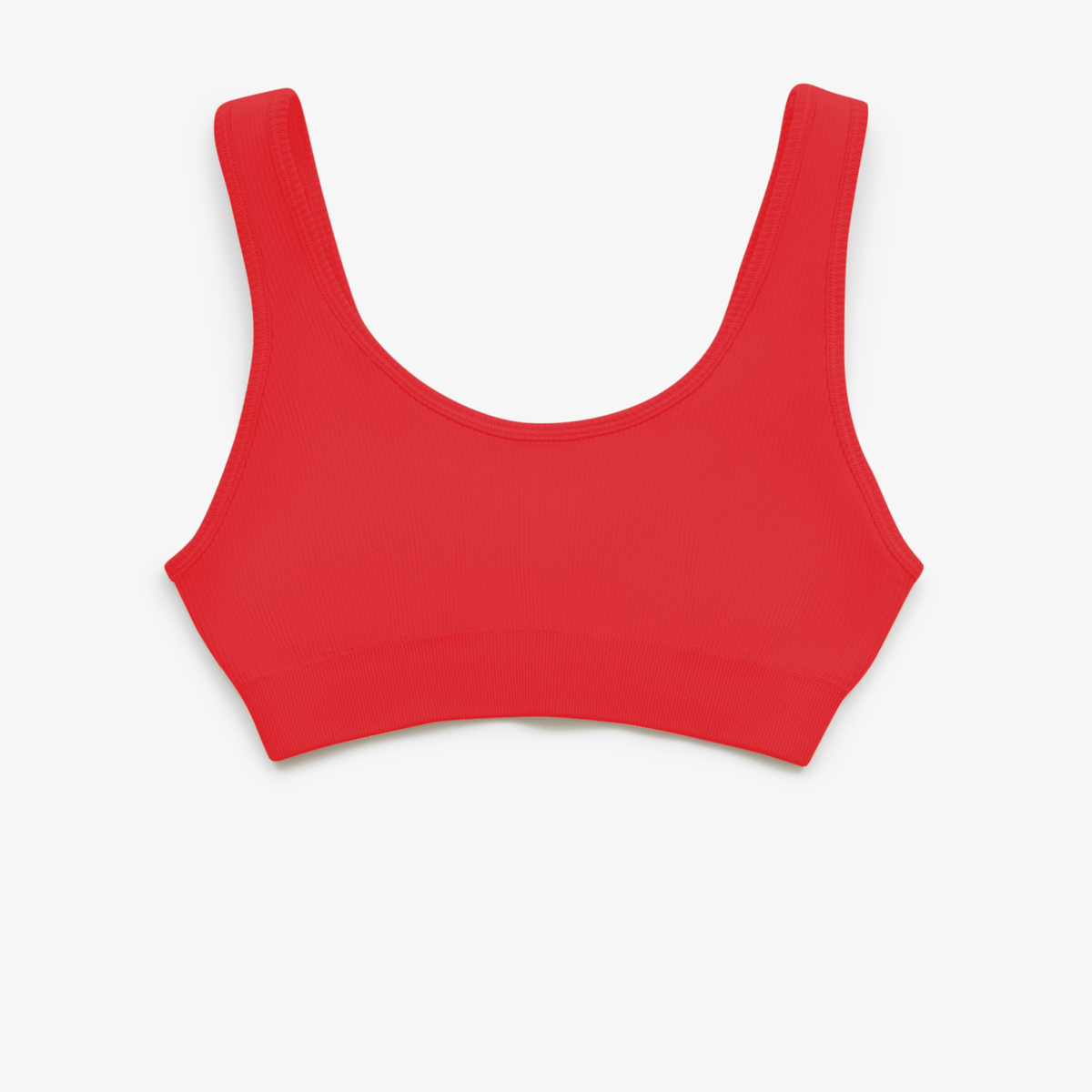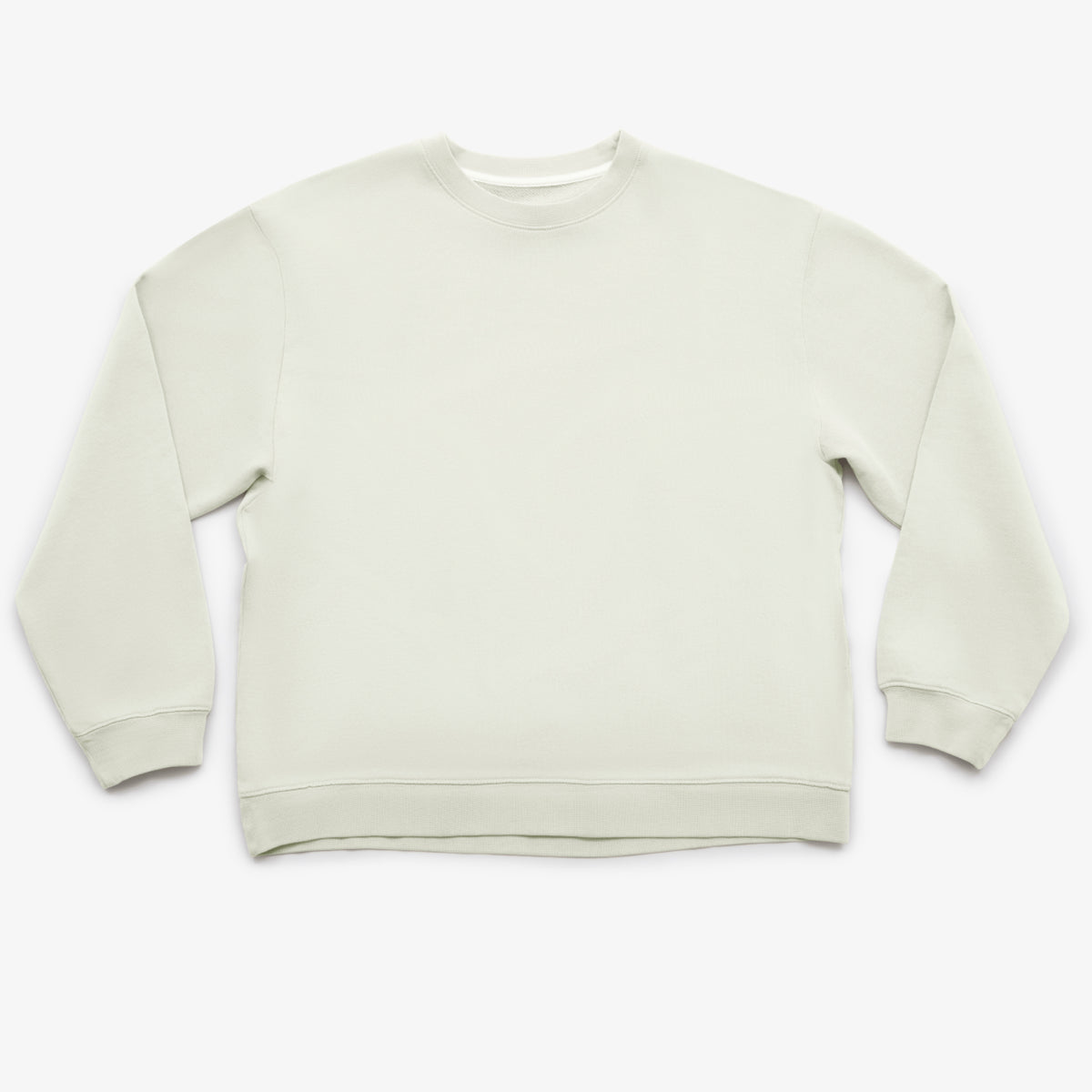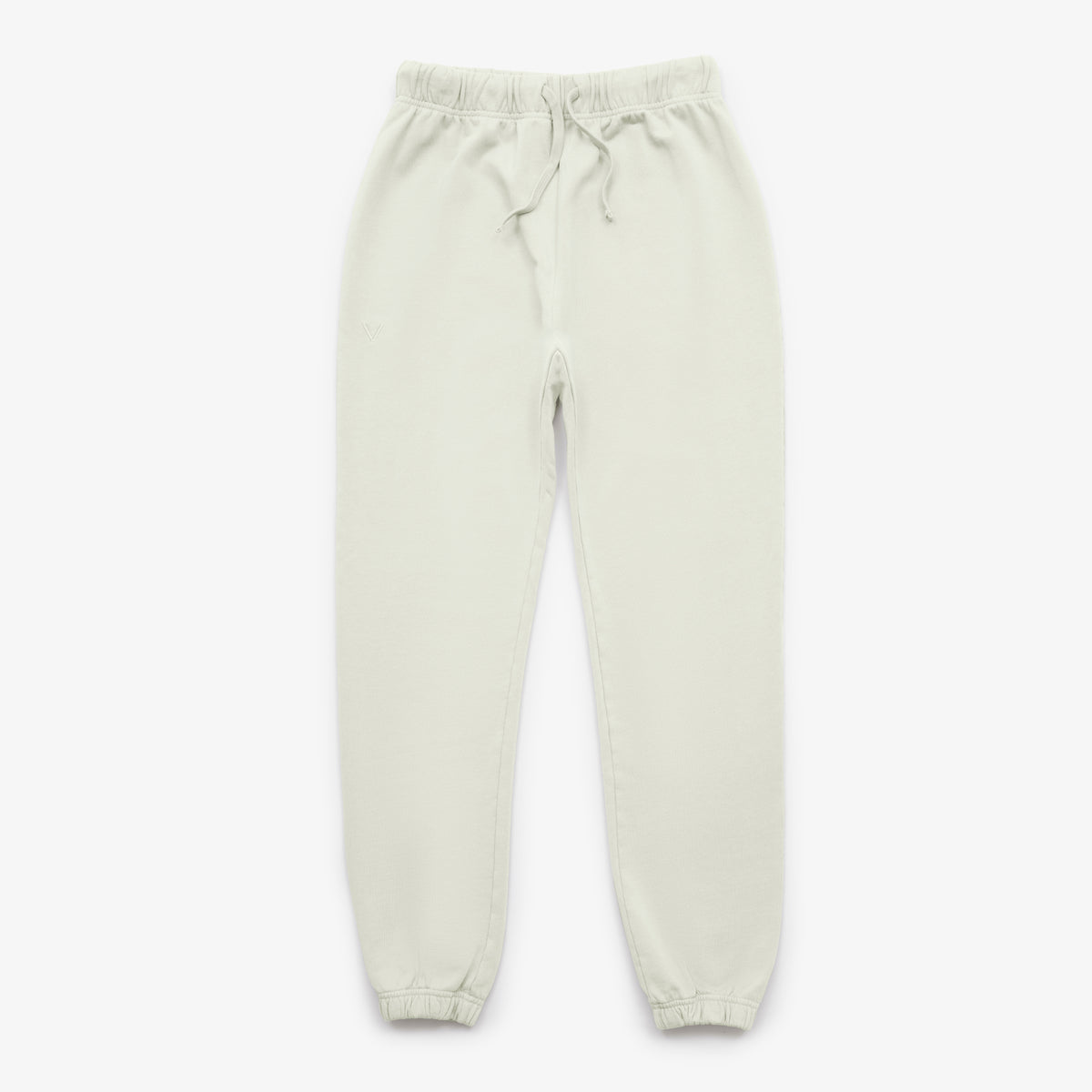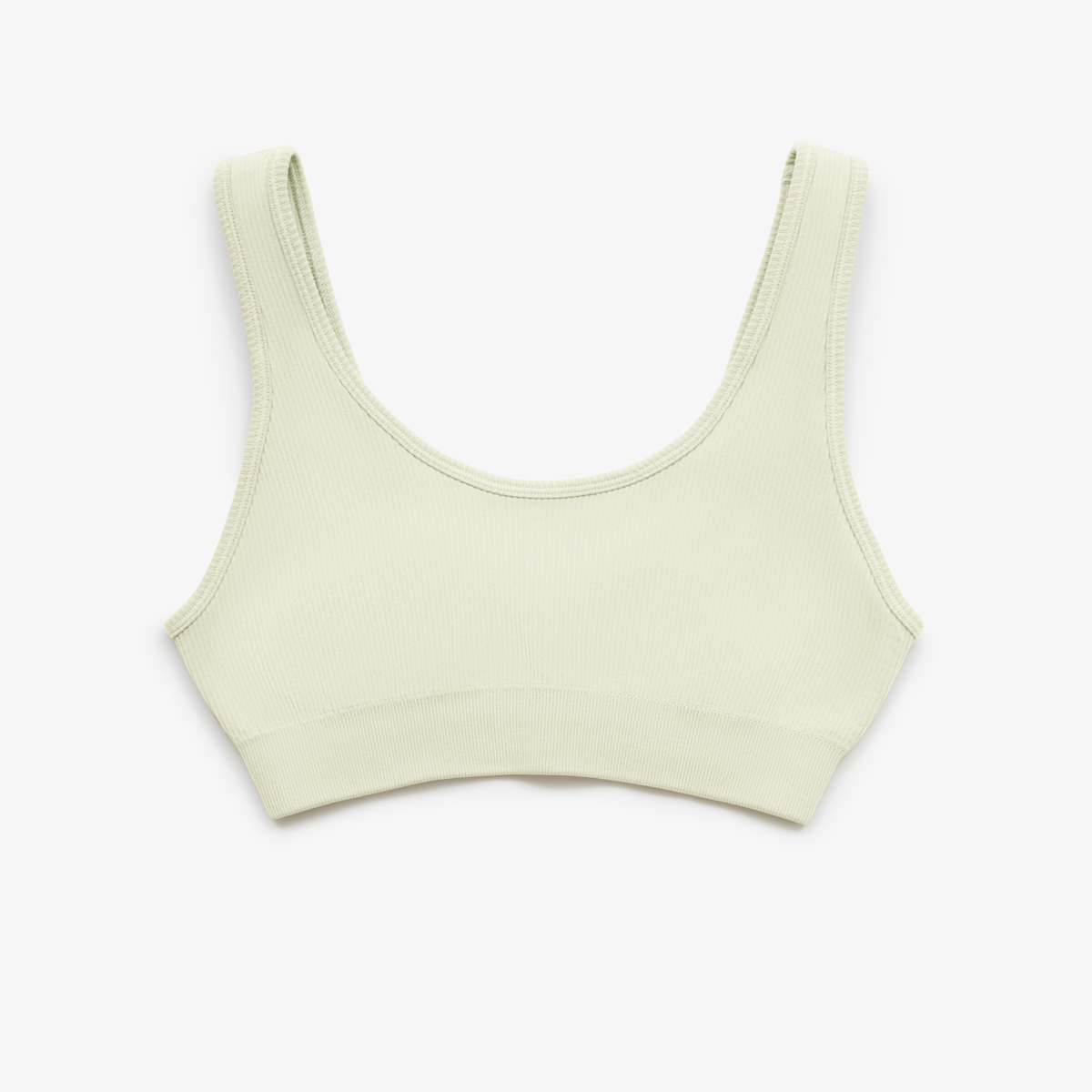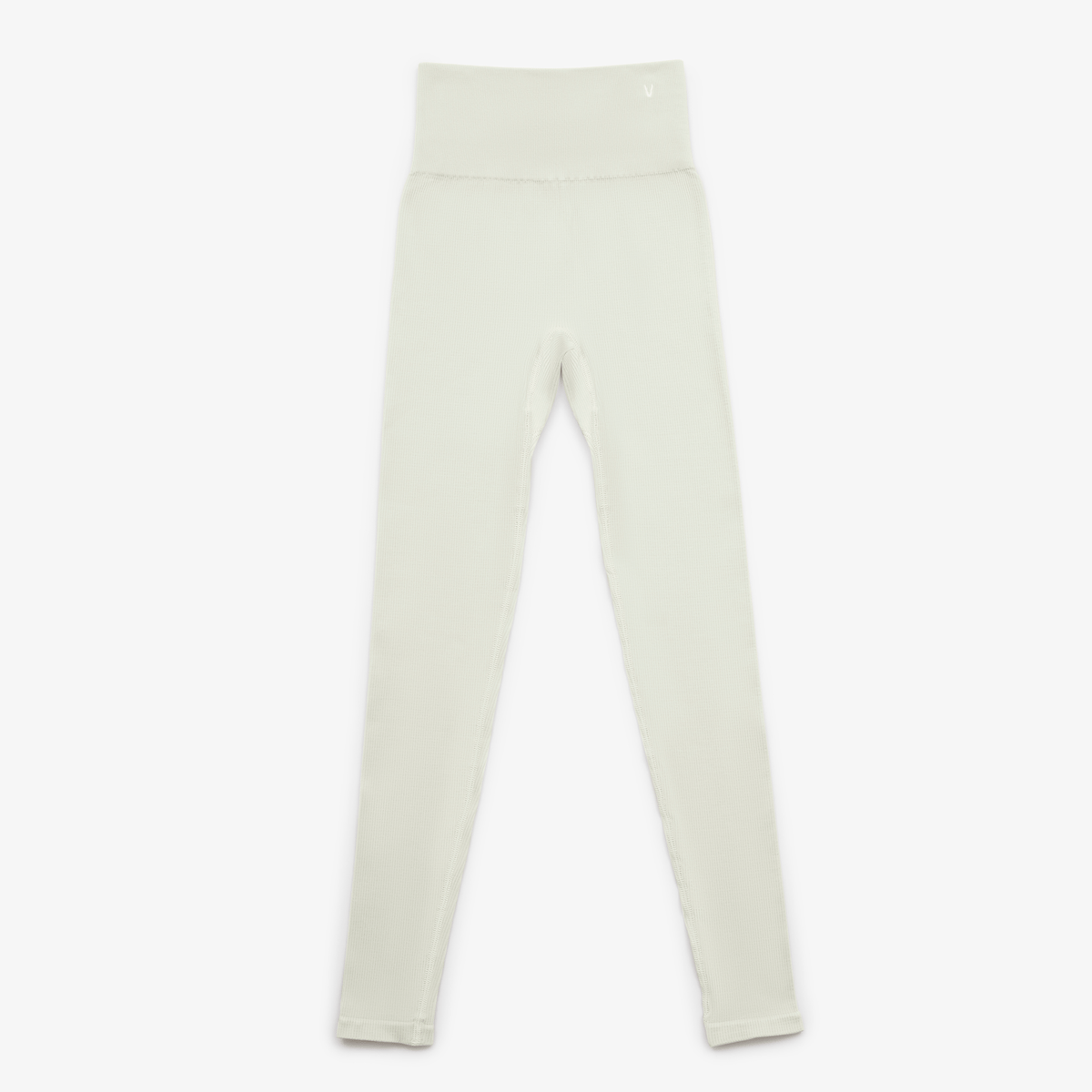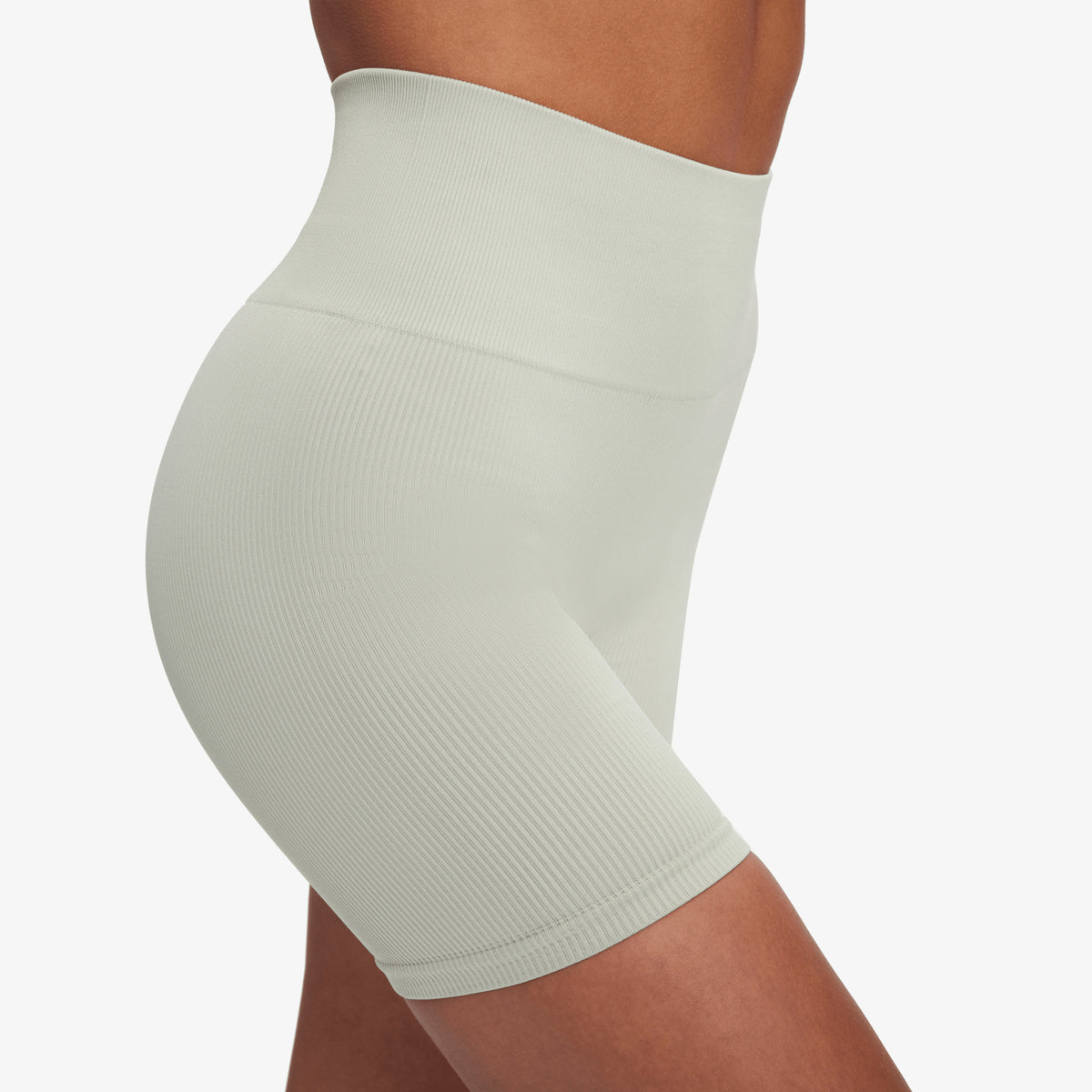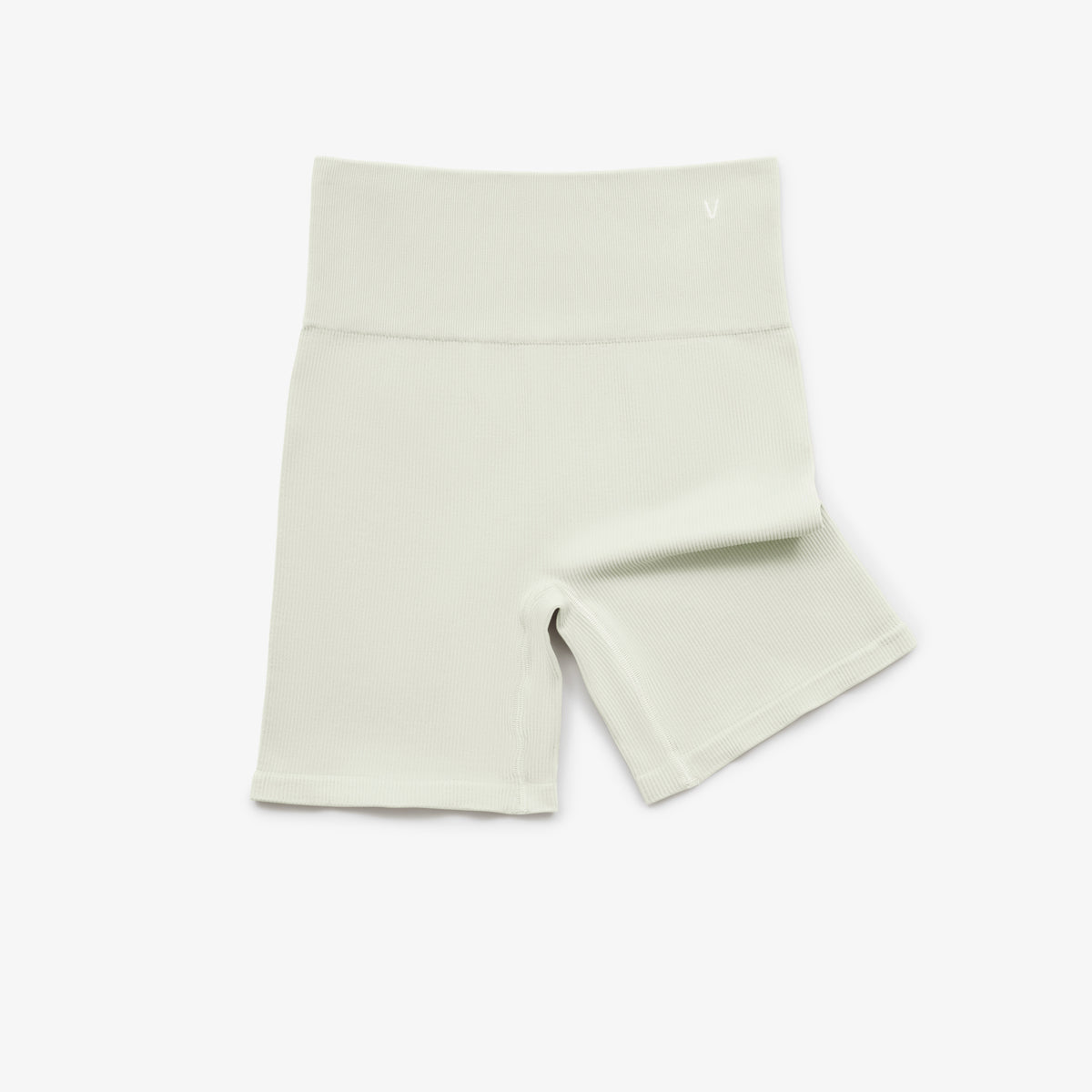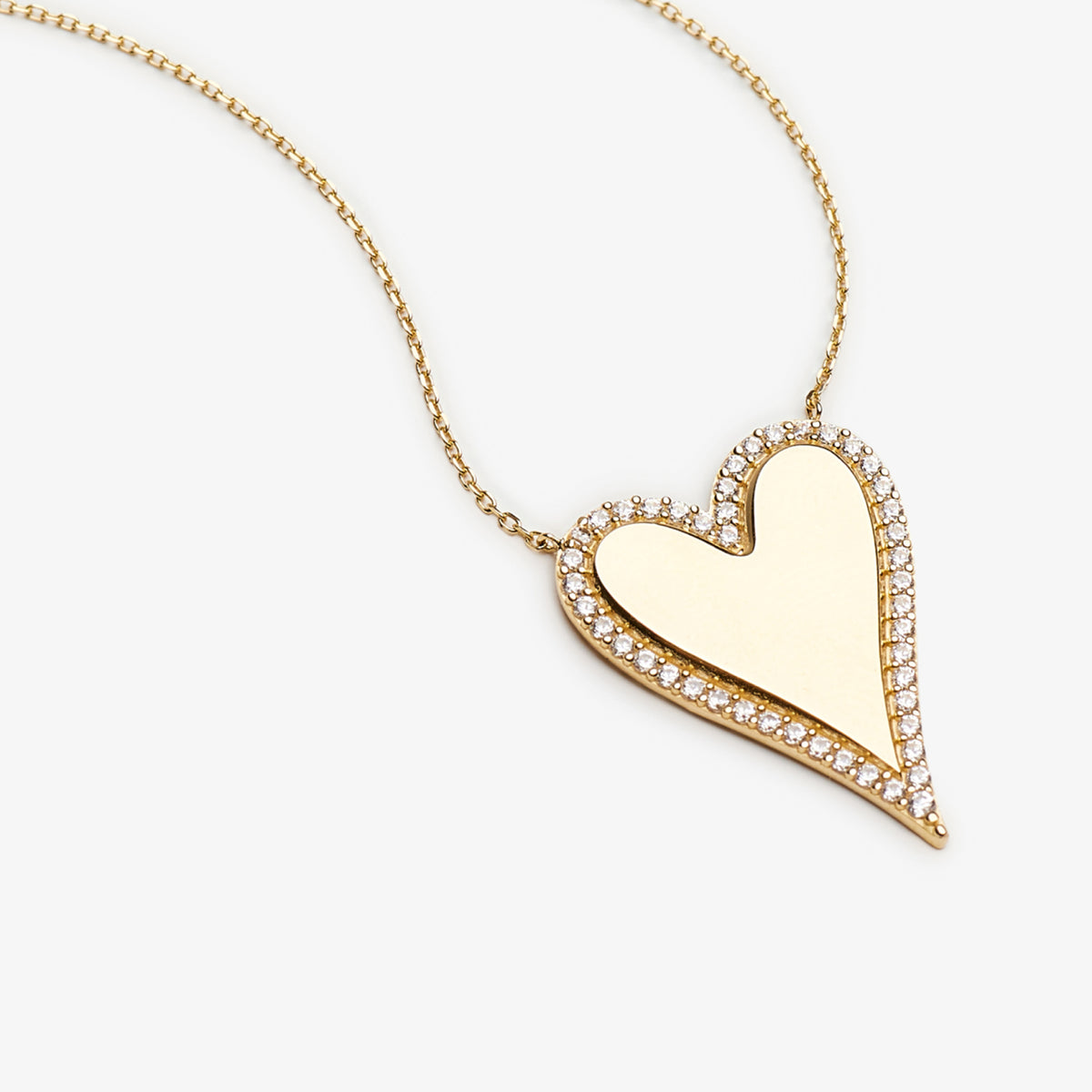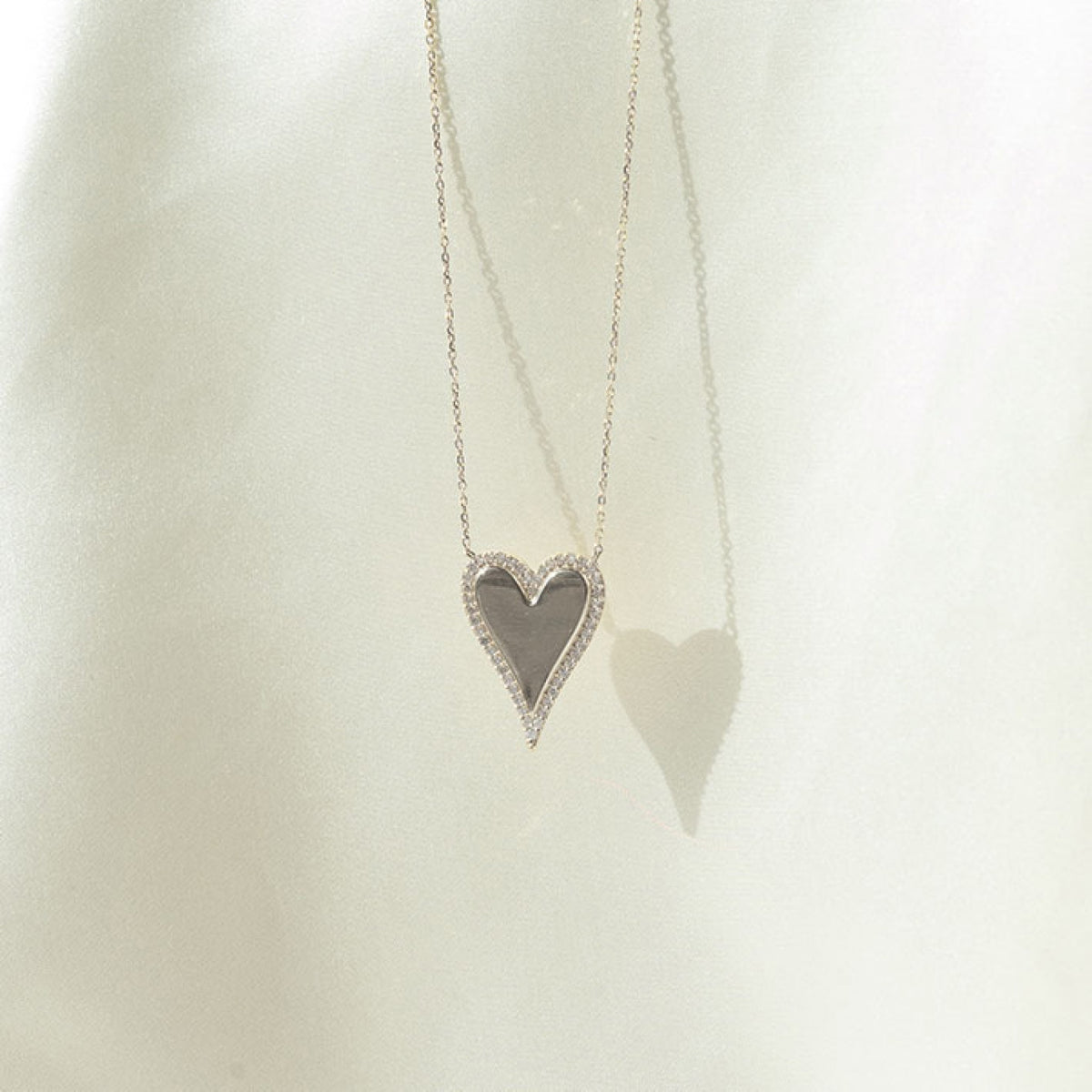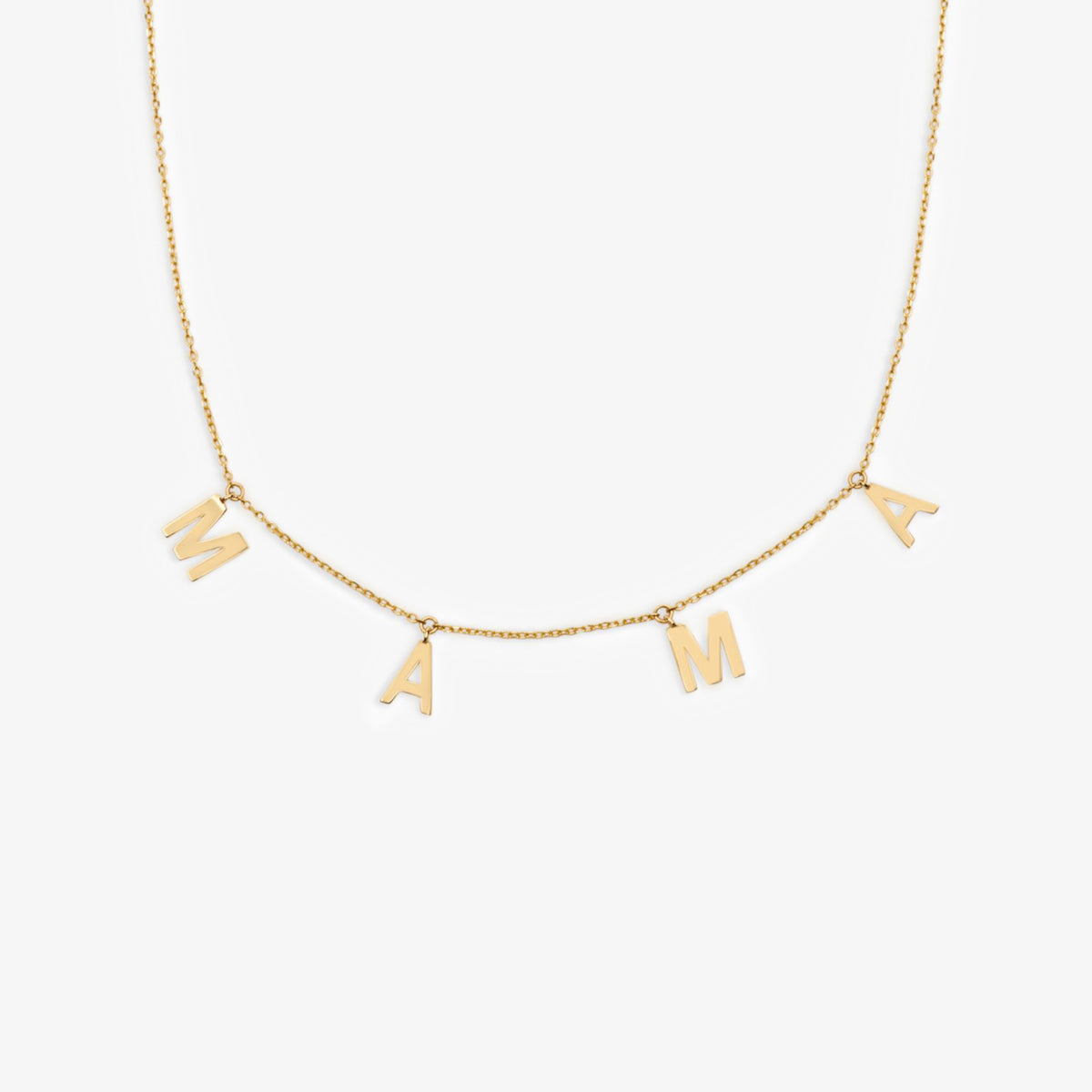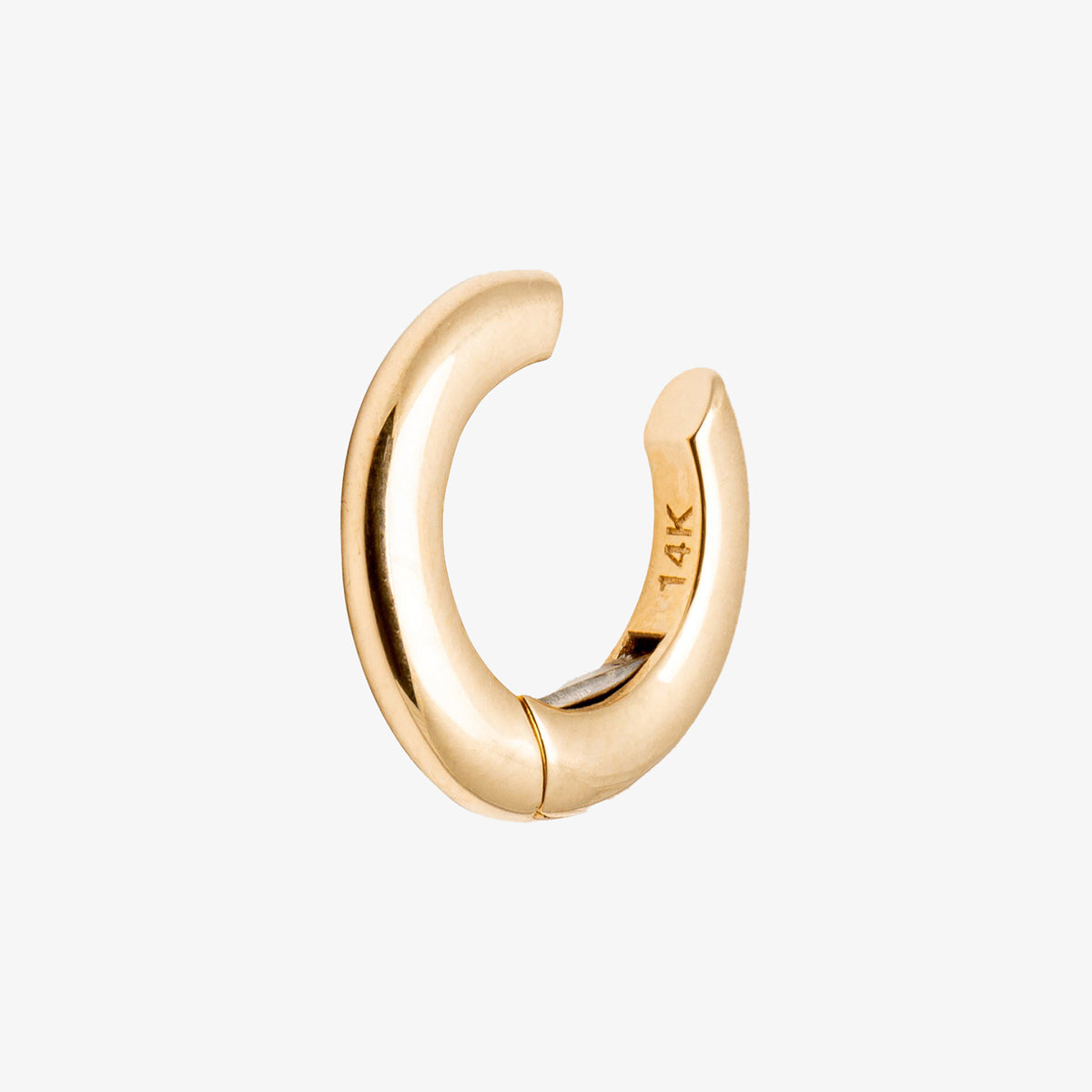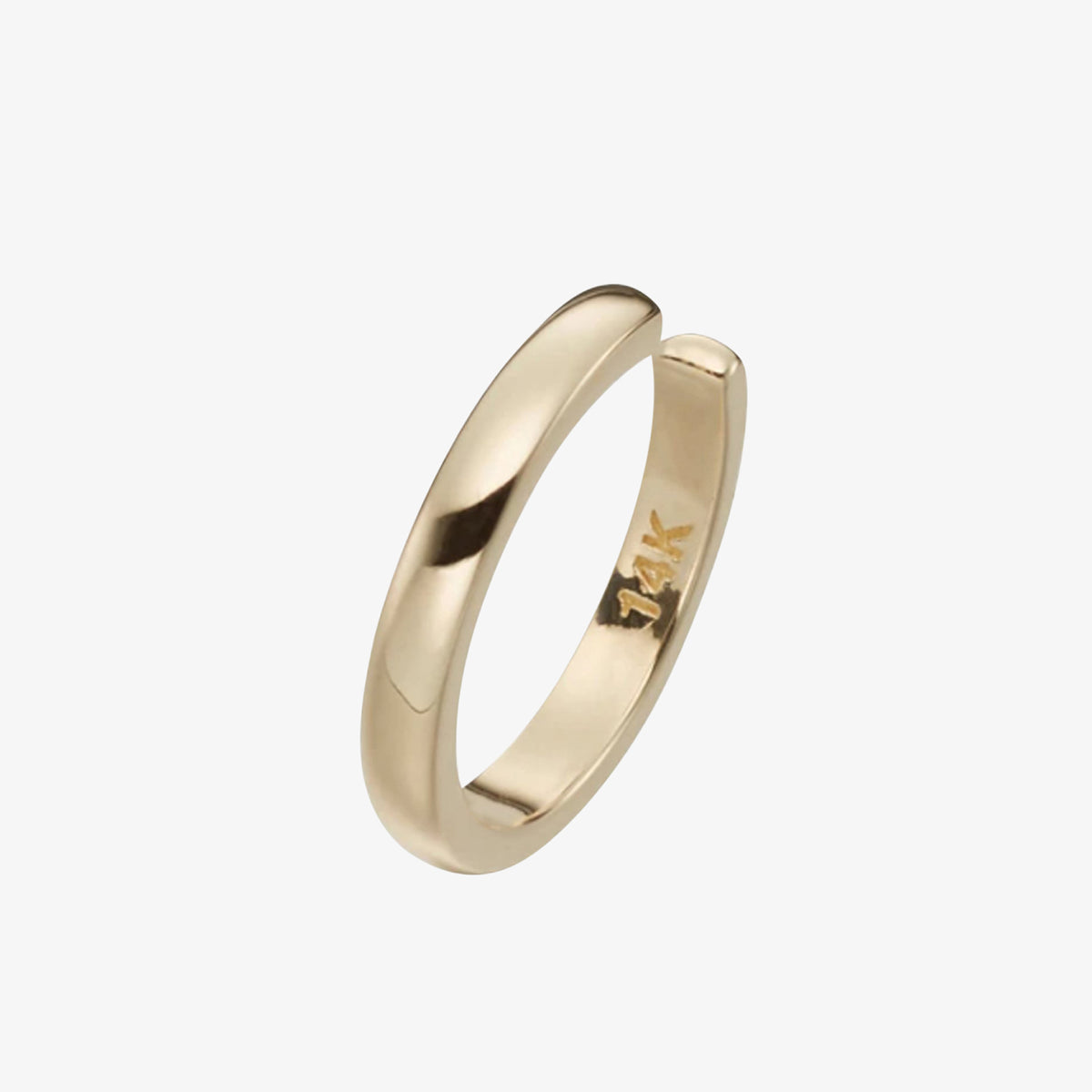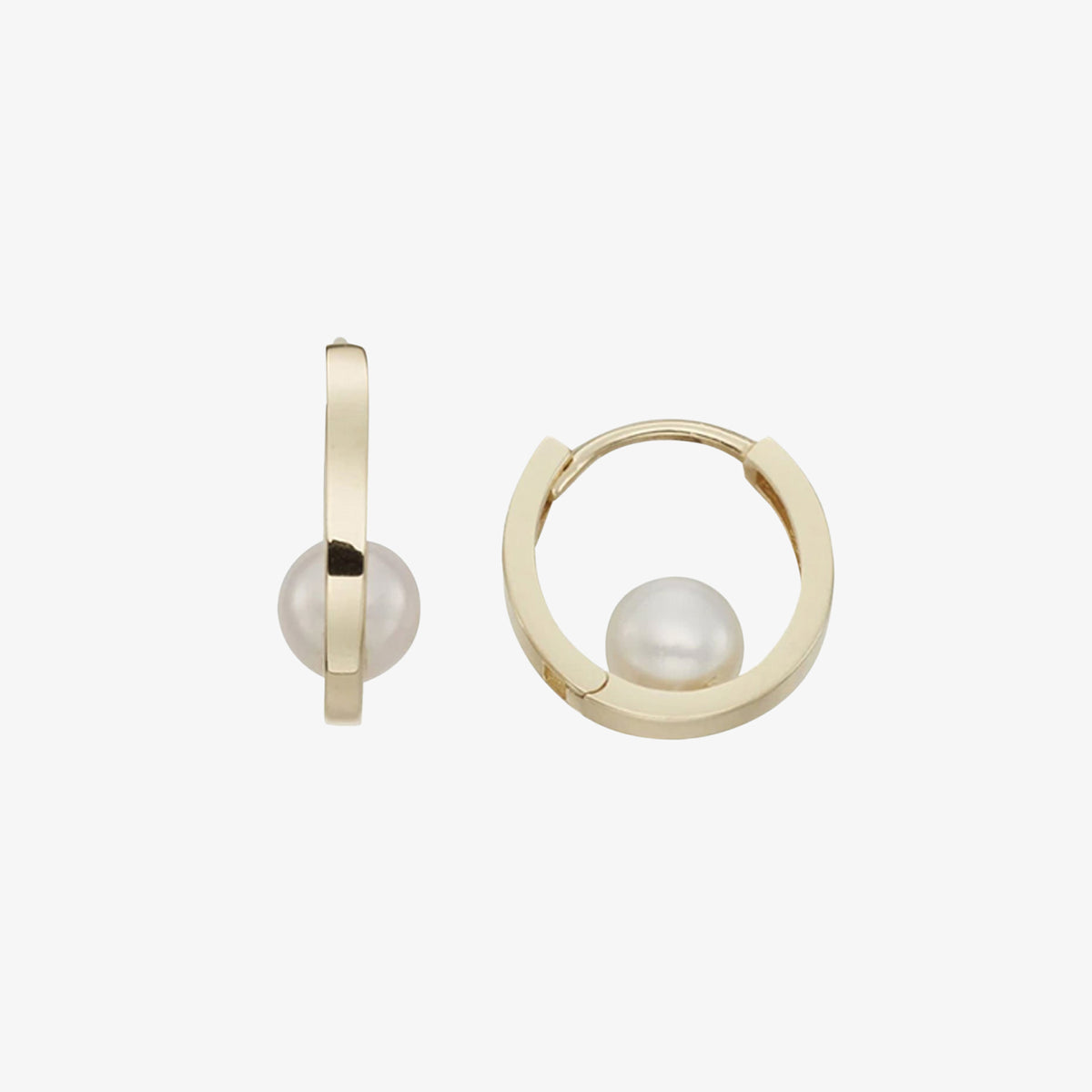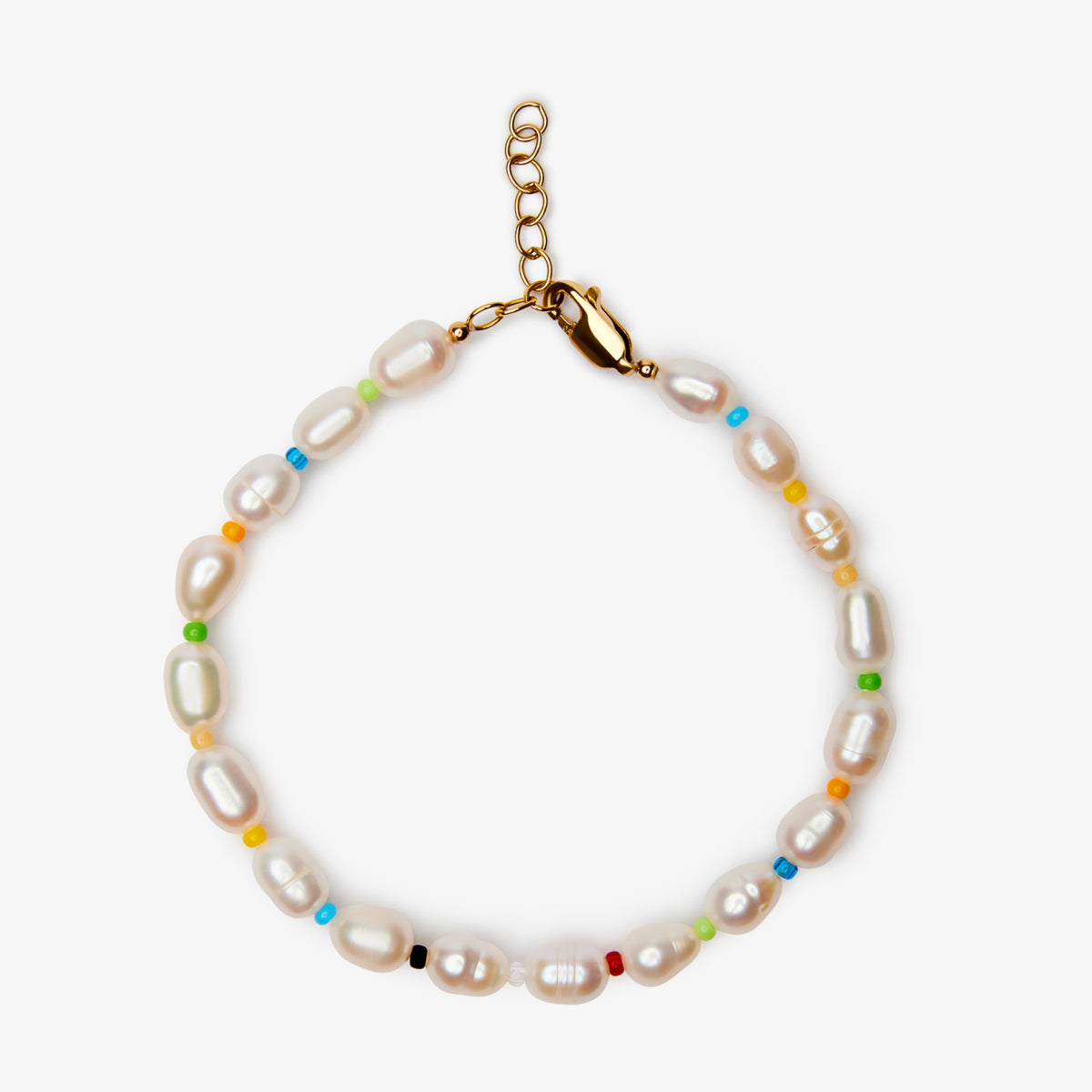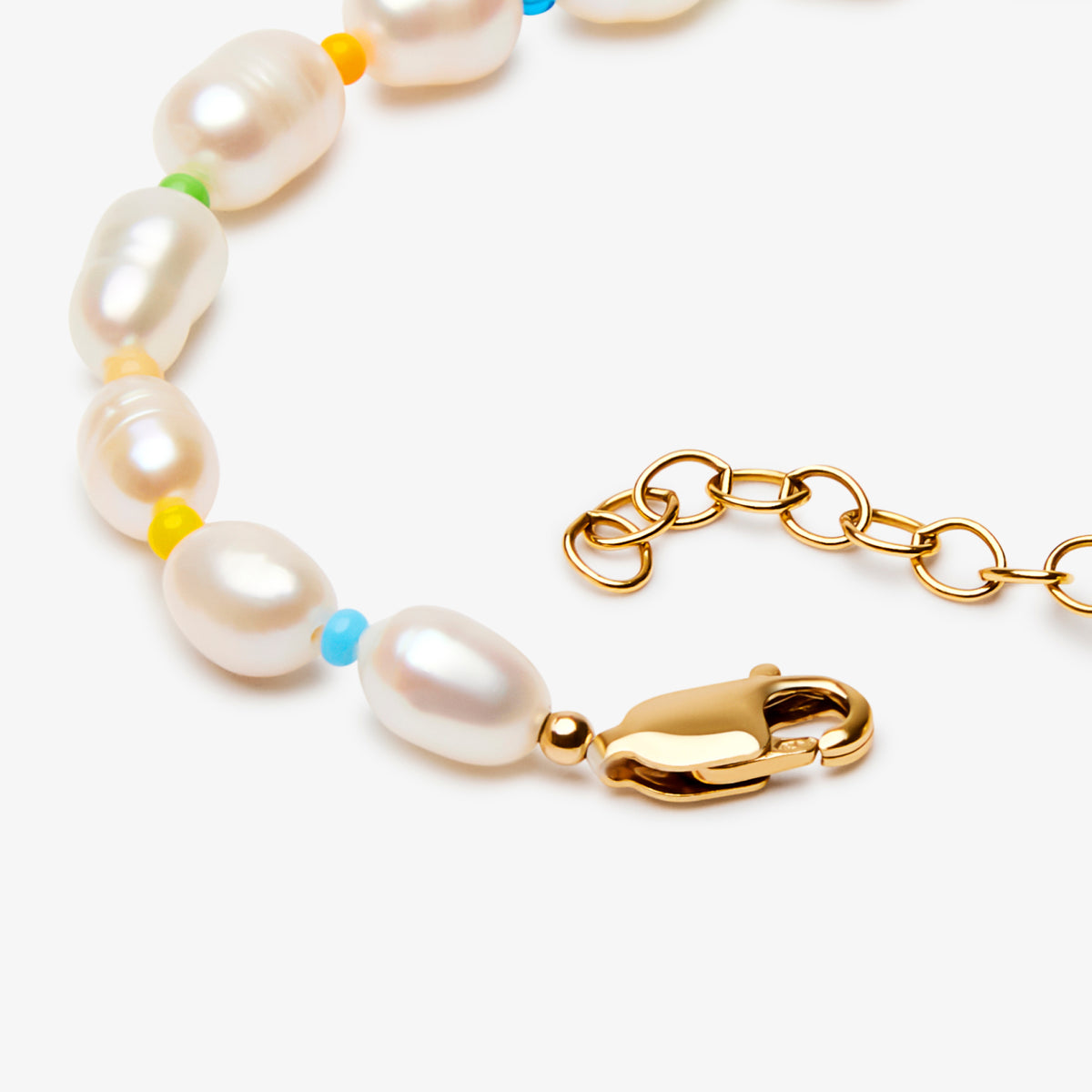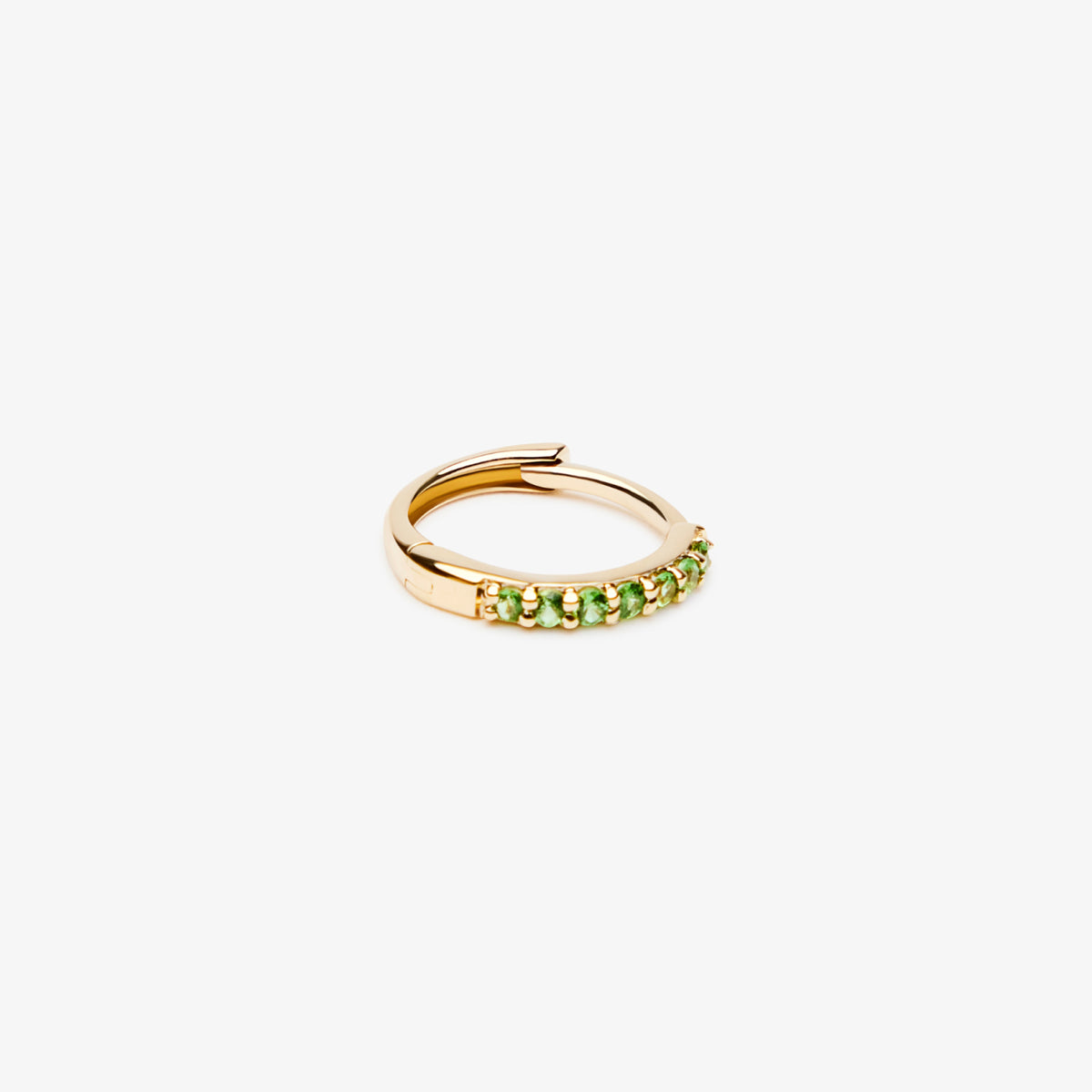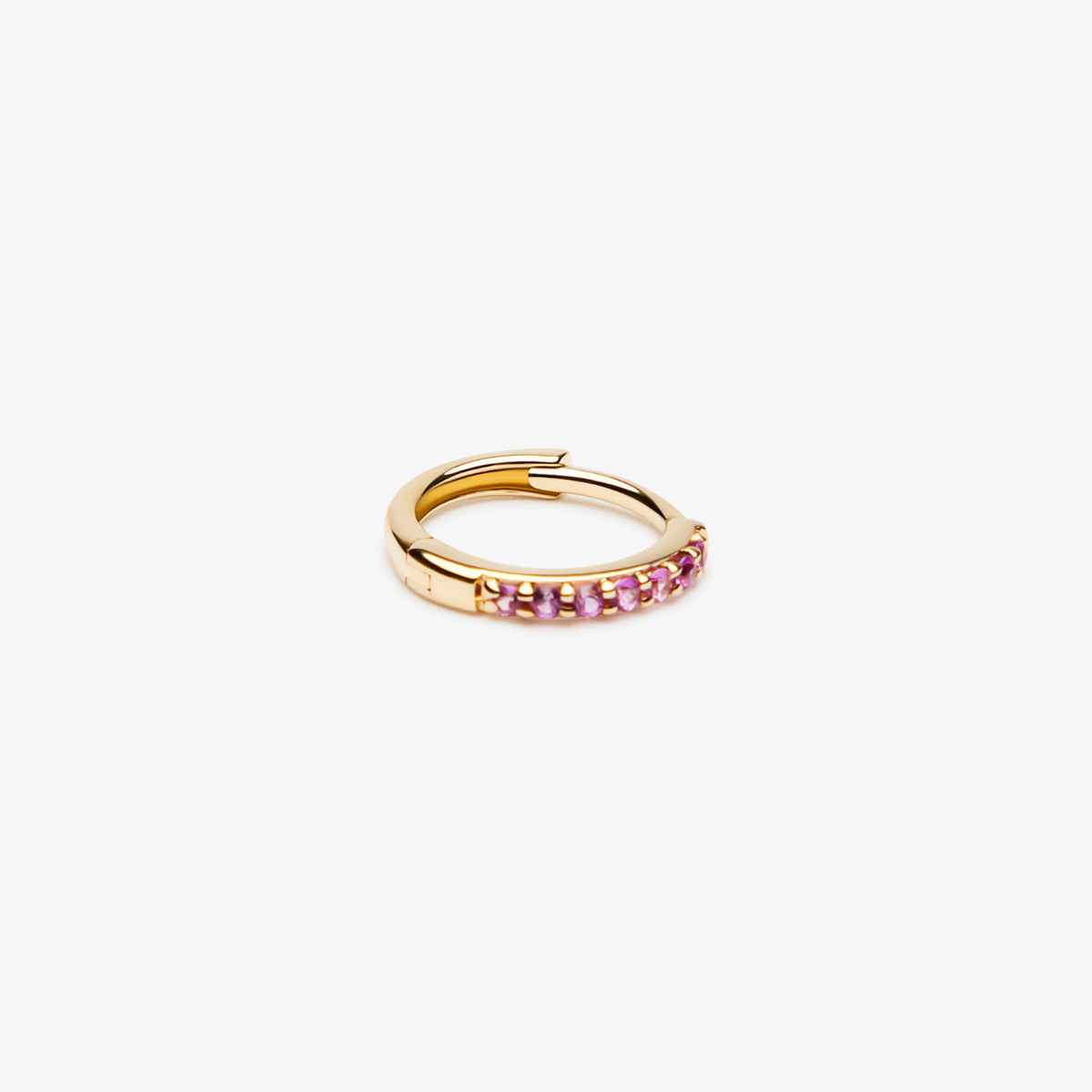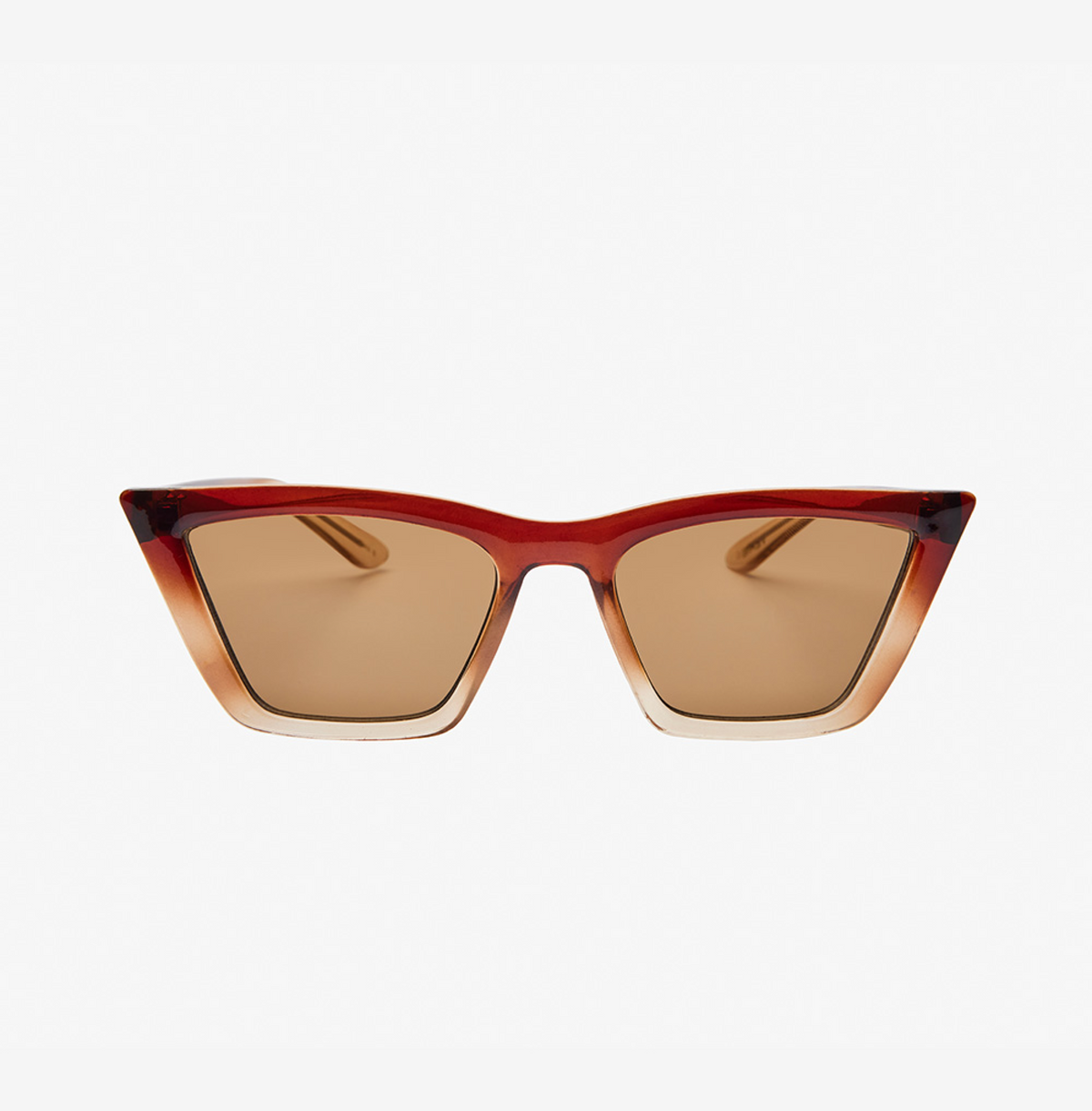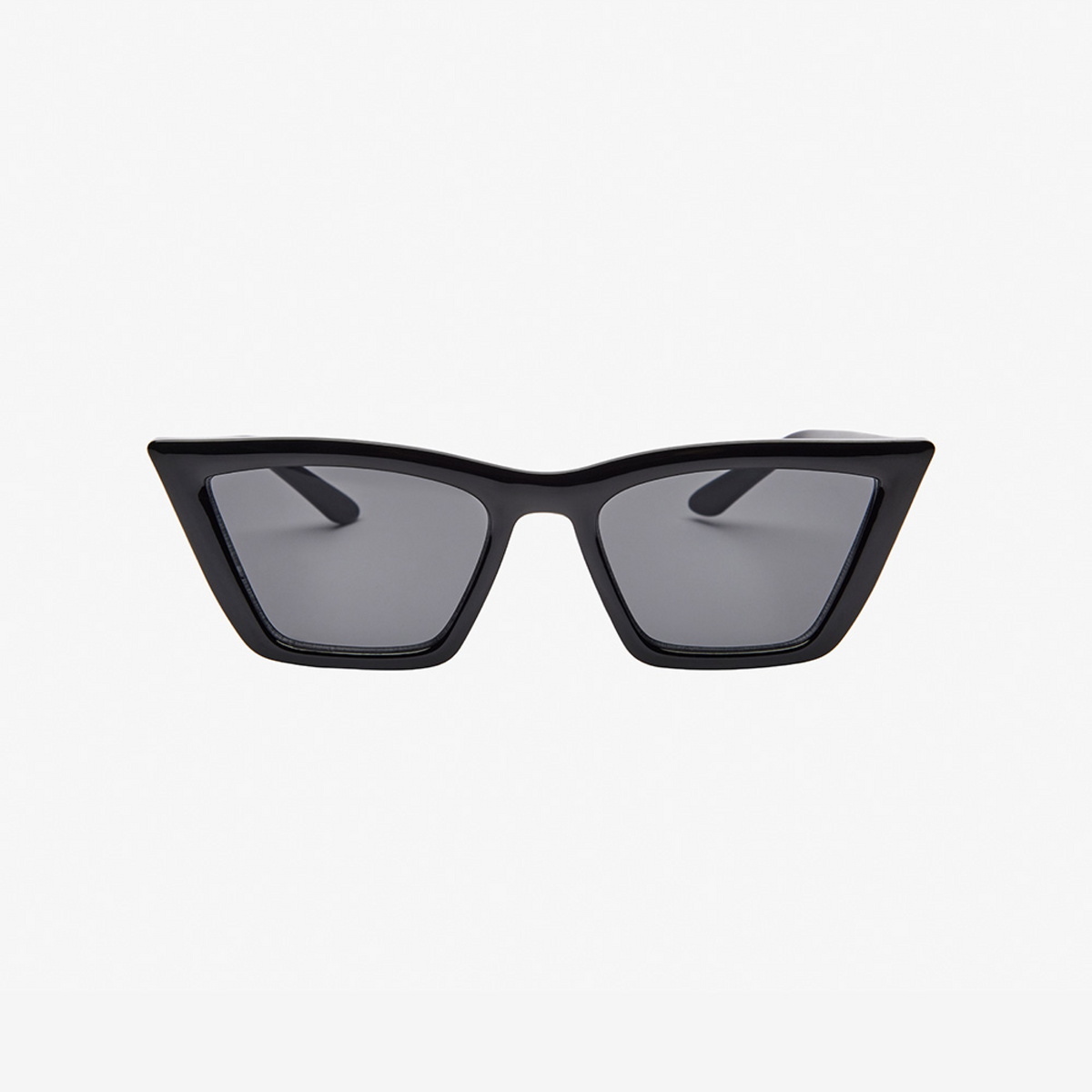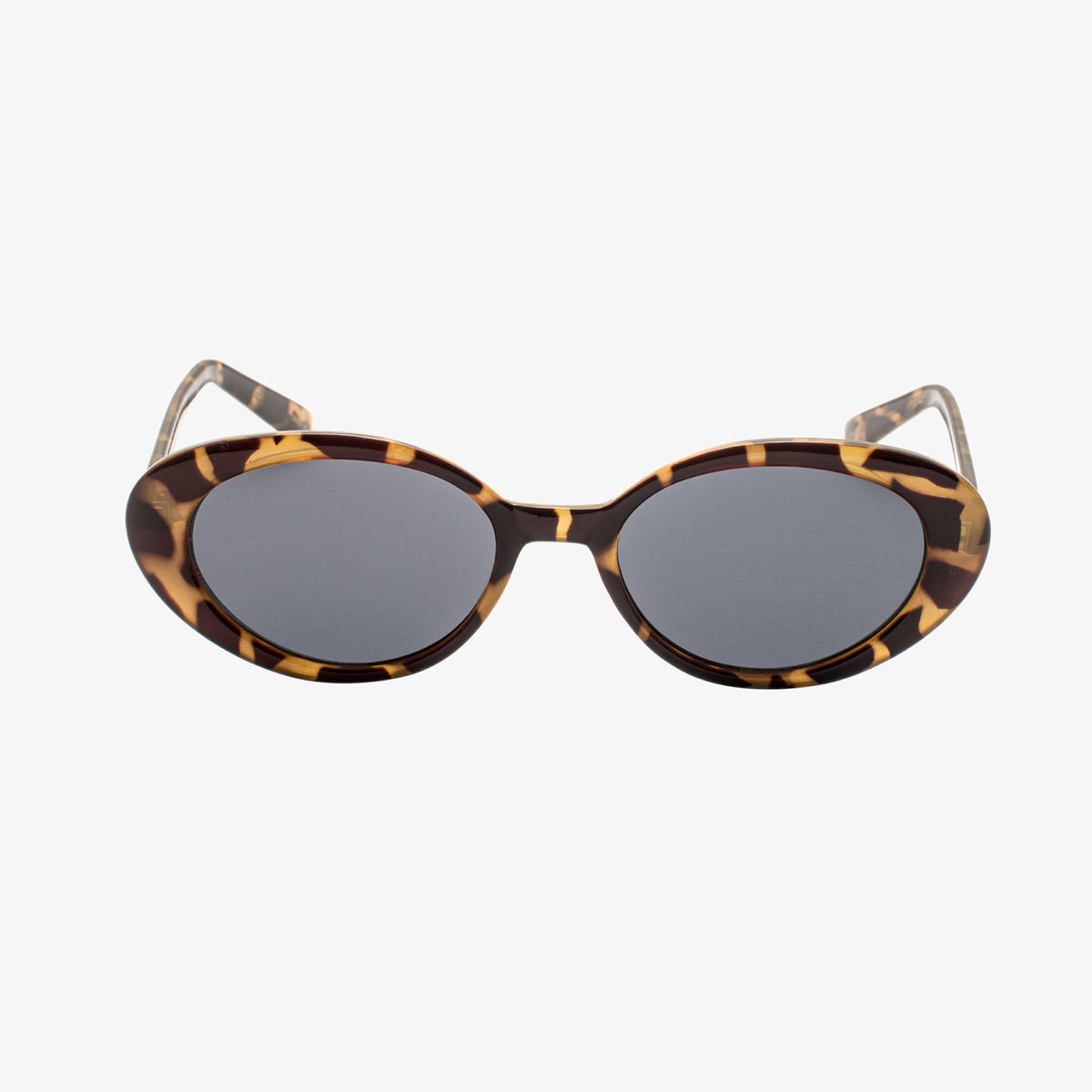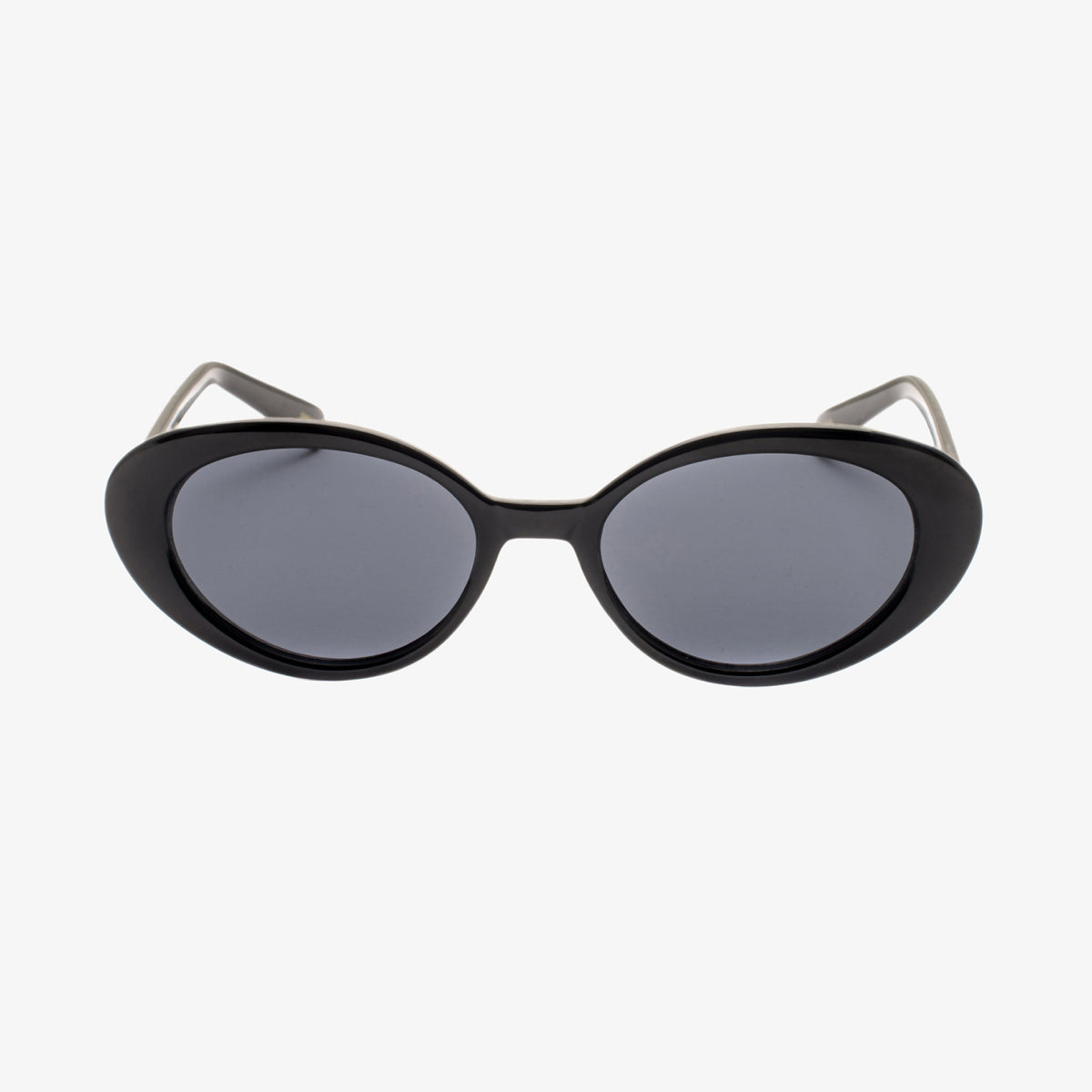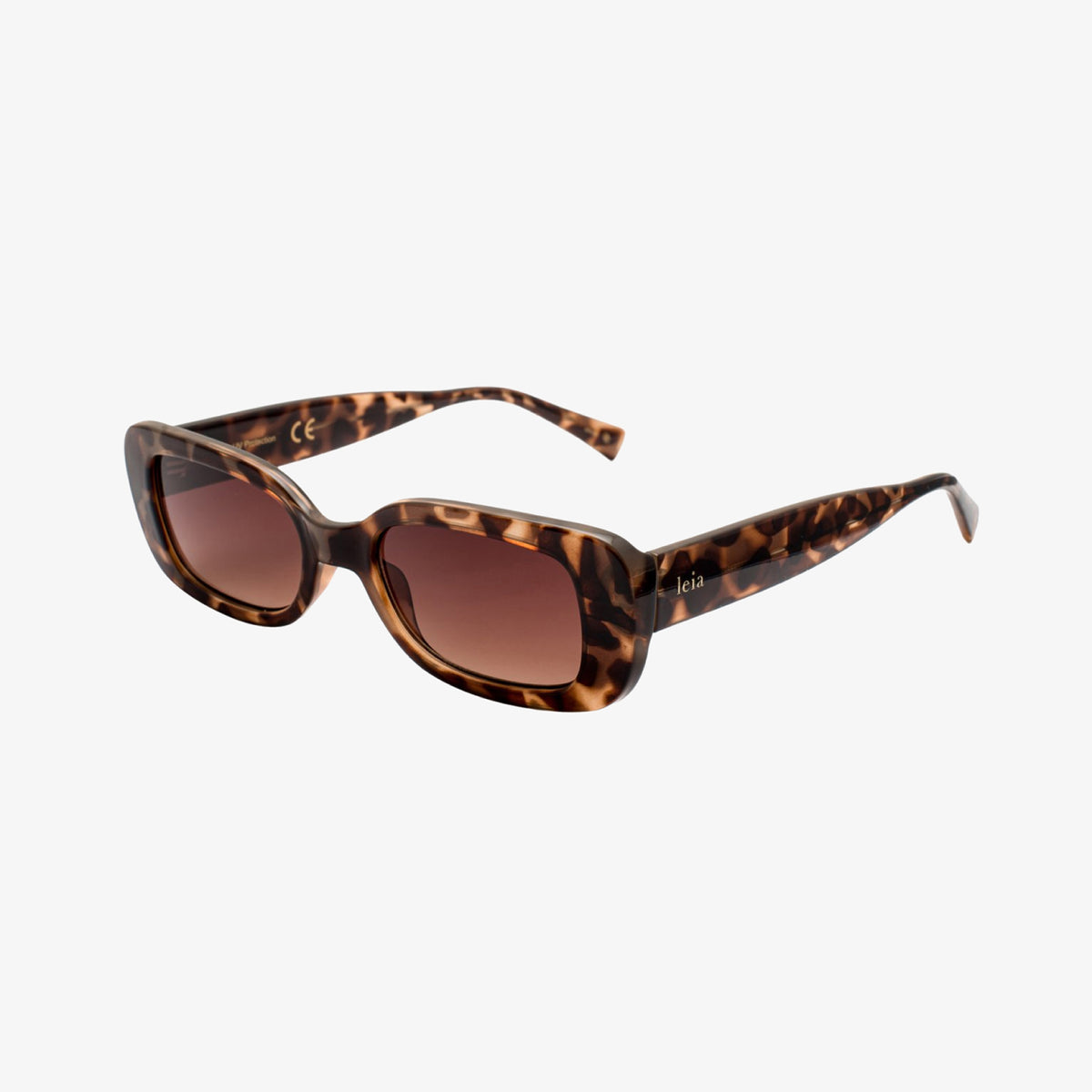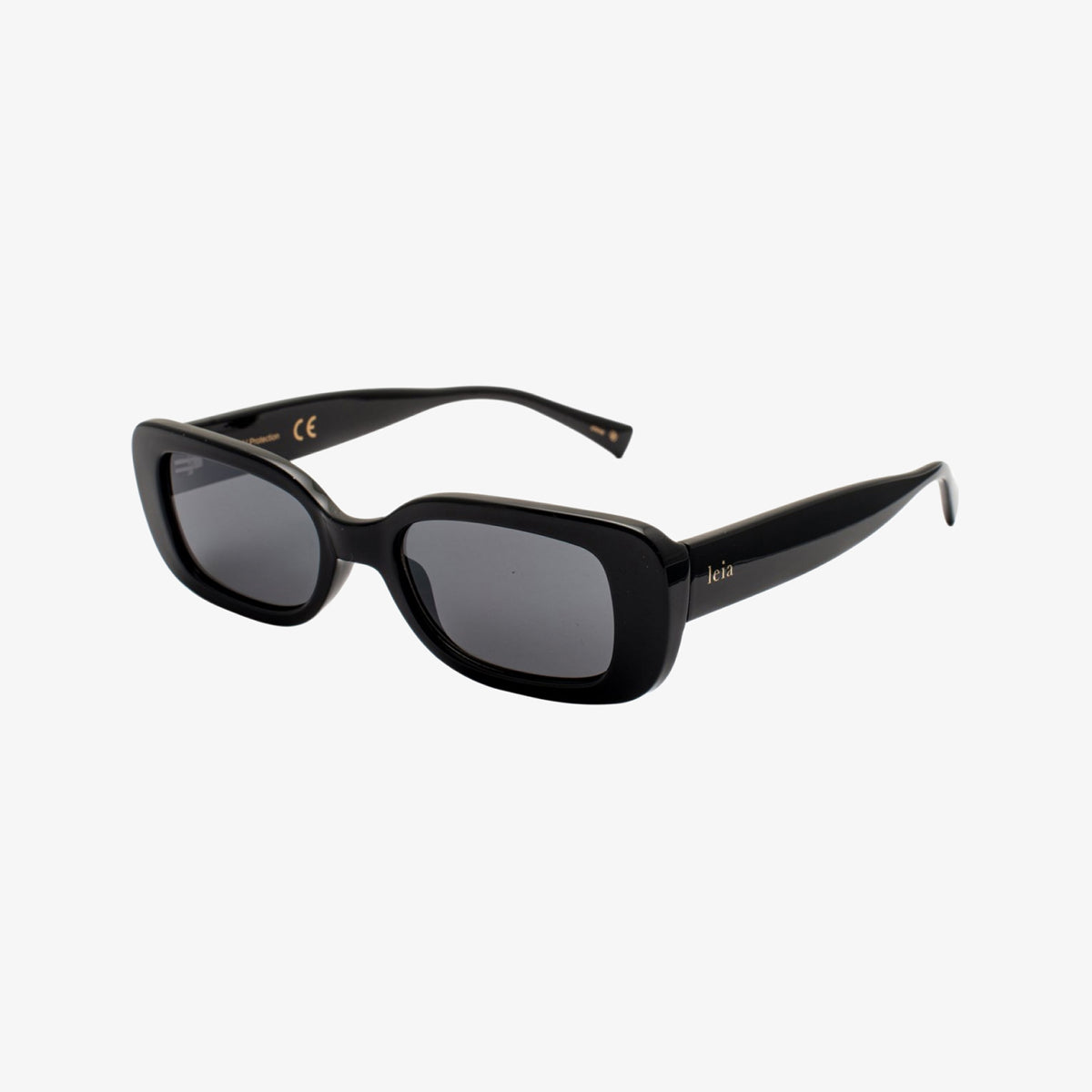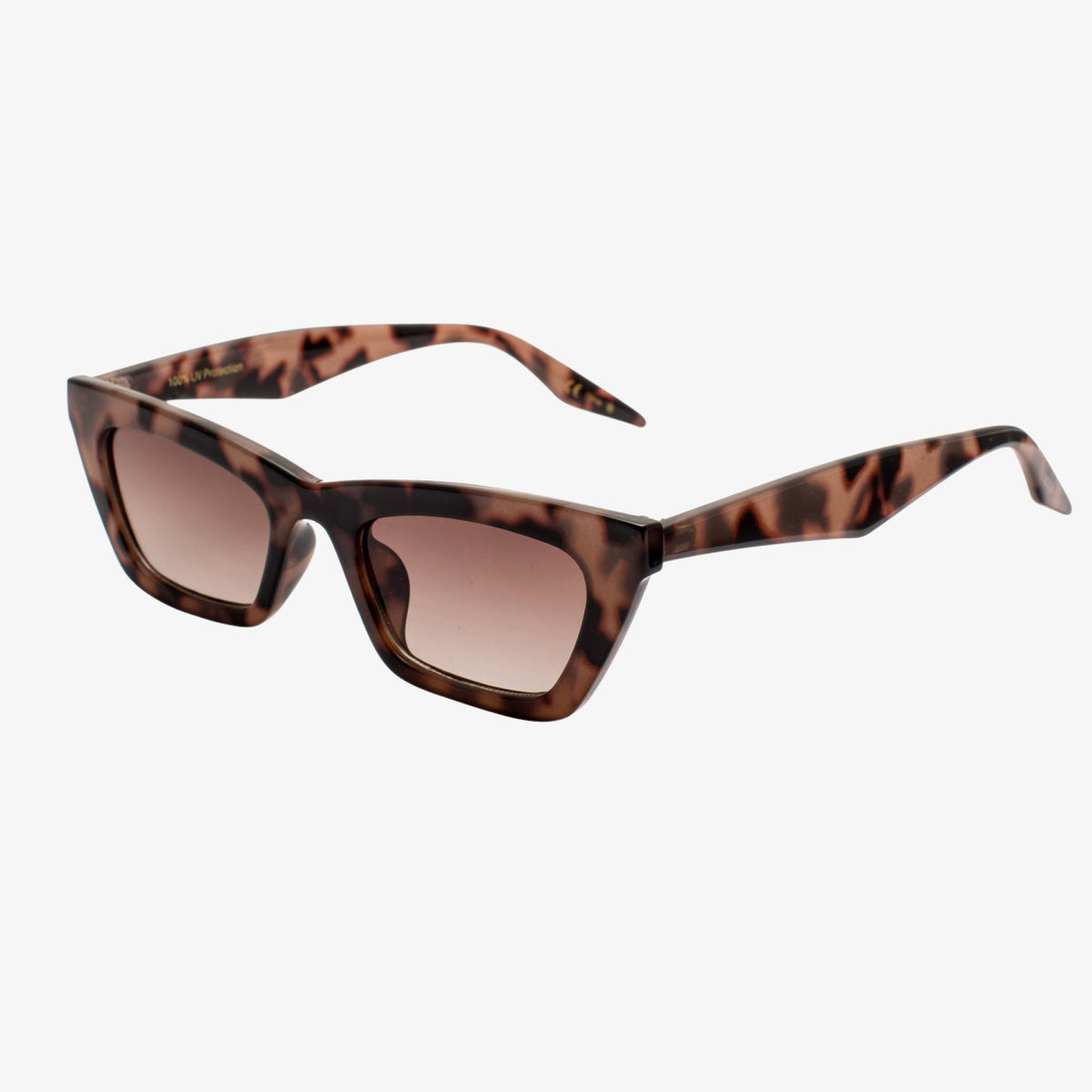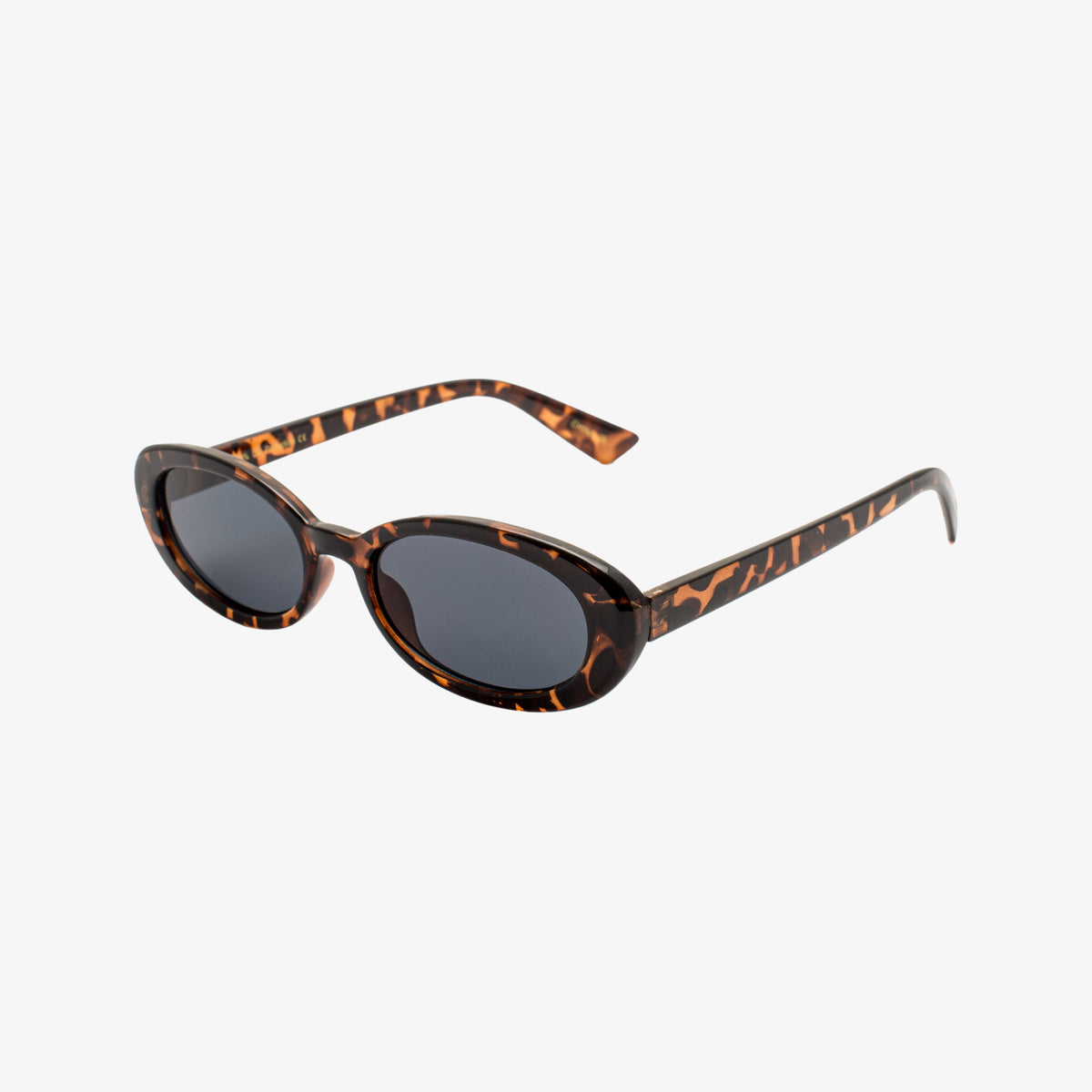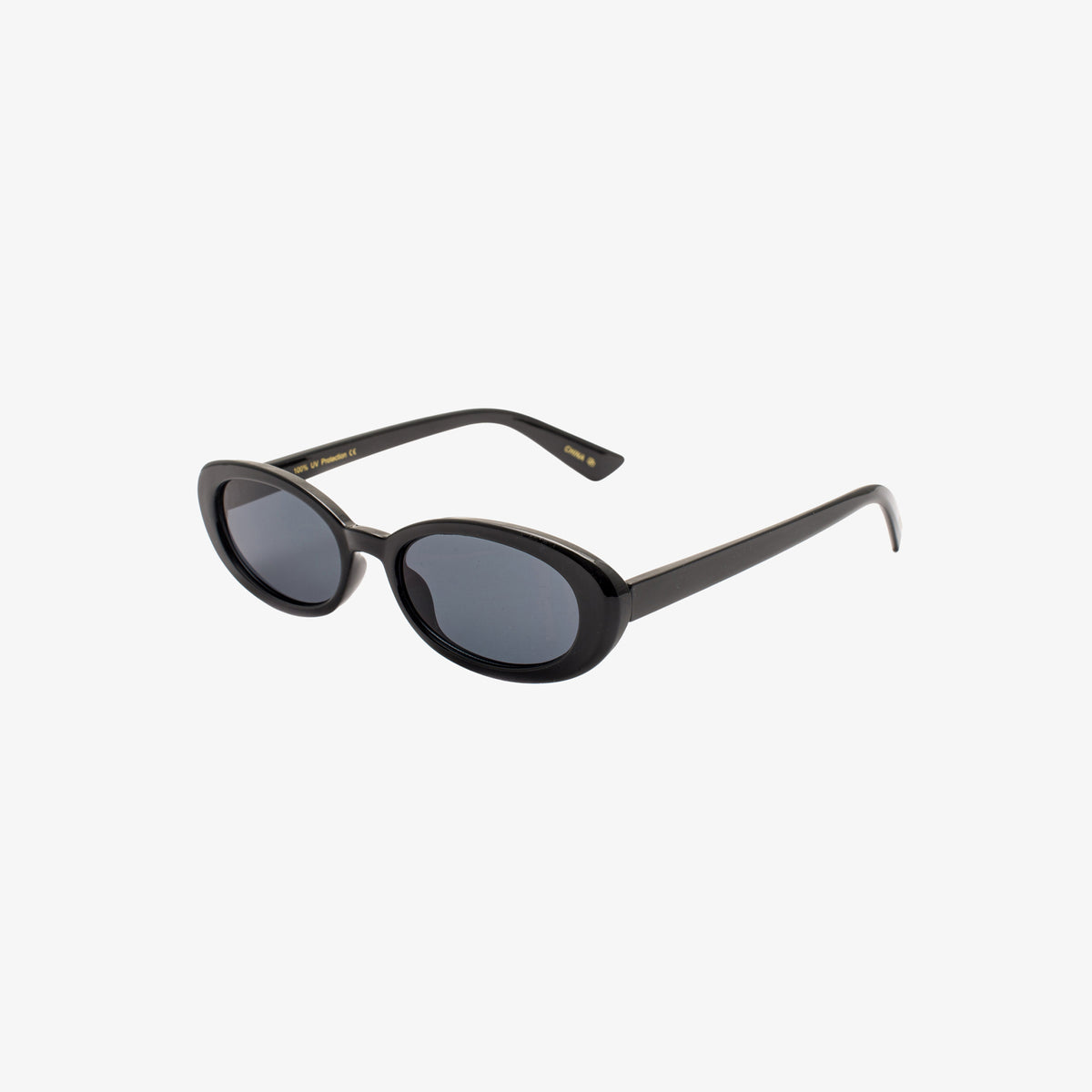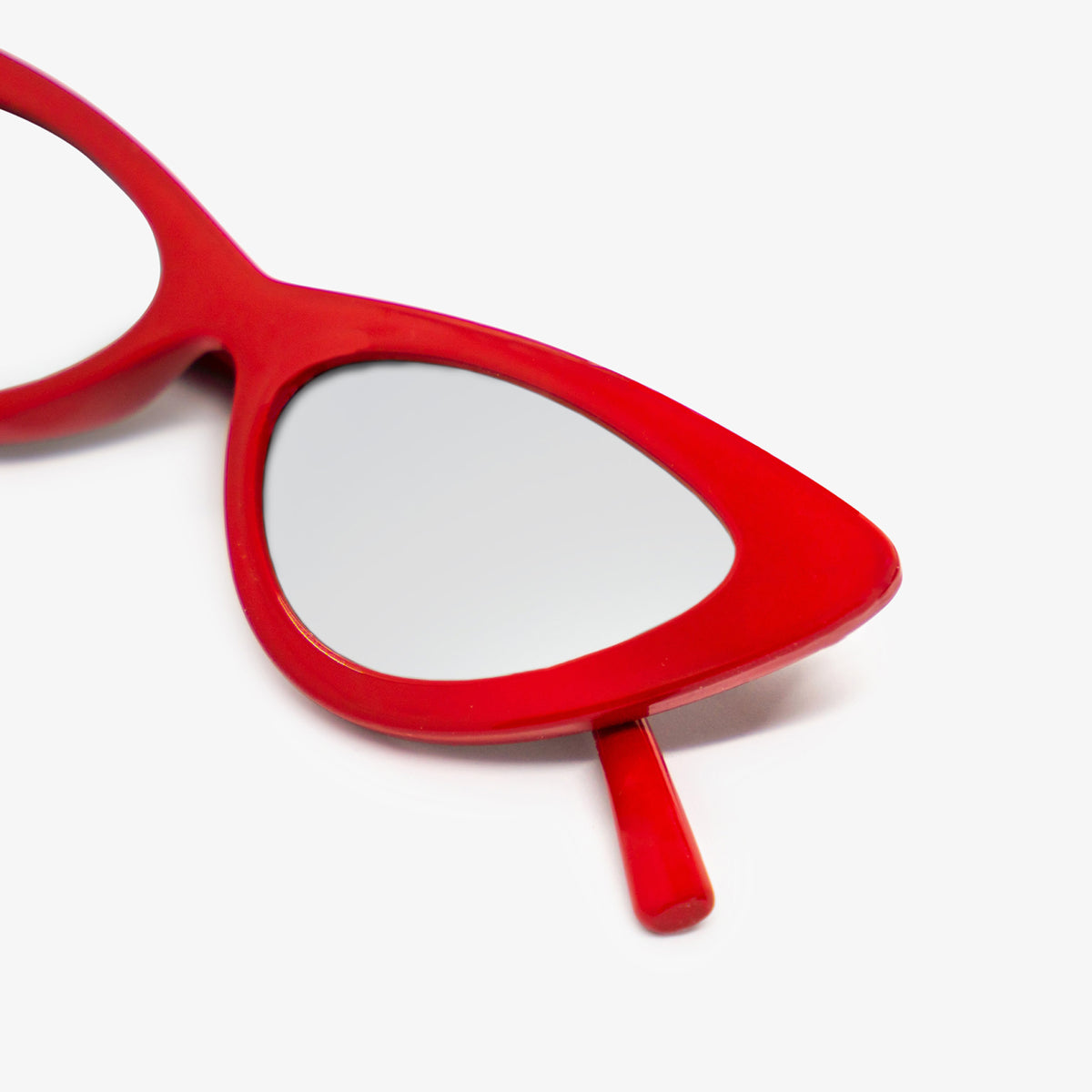As physical and mental wellness continue to be hot ticket items, we’re constantly bombarded with “the next big thing that will change your life.” Only recently has the topic of lymphatic drainage been on everyone’s lips, even though it’s been an immune system treatment for almost a hundred years, with celebrities, doctors, and even your friends at Sunday brunch swearing that it has totally changed their life. So we decided to do a deep dive to figure out what exactly is the magic behind lymphatic drainage.
What is Lymphatic Fluid?
The lymphatic system is an integral part of the body’s immune system, which consists of a vast network of vein-like vessels that carry white blood cell-rich lymph fluid to the hundreds of lymph nodes located throughout the body. The main purpose of the lymphatic system is to rid the blood of infection and other harmful invaders like cancer cells, and it is one of the most important components of our immune function.
Lymph fluid, a component of the bloodstream similar to blood plasma, is constantly being cycled through our body before bringing any unwanted build-up of said fluid to the lymph nodes to be processed accordingly. After being pumped out of the heart, lymphatic fluid is released through arterial walls where it enters adjacent lymphatic vessels and becomes part of the immune system.
Image: INTEGRIS Health
Although lymph nodes are scattered throughout the body, there are a few locations where dozens of lymph nodes pack together to form major groupings like in the armpits, groin, and under the jaw - which is where doctors feel for swelling when there is suspicion of a virus or bacterial infection. Clearly, the lymphatic system is an integral part of our immune system and overall health, so it is important to keep channels flowing and clear out any blockages to the system. Unfortunately, this system is prone to getting clogged which means toxins are not being excreted the way they should be, and our health is at risk. It’s important to recognize the signs of lymphatic blockage and take proper steps to remedy the situation.
Why Does it Need Draining?
The lymphatic system can get backed-up and start to malfunction for a number of different reasons, like nutrient deficiencies and exposure to radiation from various cancer treatments; but many people inherit lymphatic dysfunction and need to manage it for their entire lives.
The main signs of lymphatic dysfunction (or lymphedema) are swelling of the fingers or toes, discoloring of the skin and nails, frequent headaches, unexplainable weight gain, digestive disorders, and enlarged glands or lymph nodes (though this list is in no way exhaustive).
What is Lymphatic Drainage Massage?
Lymphatic drainage massage (LDM) is a manual technique that uses long, gentle massaging strokes to persuade the lymphatic fluids to flow throughout the body and avoid potentially harmful backups and swelling. Massaging in soft, sweeping movements in the direction of the heart will encourage any backed-up lymphatic fluid that is causing swelling in the arms, legs, or otherwise affected areas of the body to resume circulation, until it ultimately makes its way back to the heart to re-enter the bloodstream.
Image: Missouri Vein Specialists
Lymphatic drainage massage should be performed medically, by a licensed massage therapist, but often practitioners will provide step-by-step instructions for a simple drainage massage that you can perform on yourself as part of a daily wellness regime.
Who Can Benefit?
Lymphatic drainage massage is often prescribed for those who have swollen lymph nodes, trouble sleeping, rheumatoid arthritis, fibromyalgia, or lymphedema (a specific disorder that results in swelling, usually of the arms and legs, and is caused by genetic disorders, injury, cancer treatment, or surgery) (WebMD).
However, anyone can benefit from enhanced lymphatic fluid circulation. LDM has also been shown to decrease recovery time following injury or surgery, improve overall immune function, reduce stress, improve digestive function, and aid in the treatment of insomnia and chronic fatigue. LDM is also said to be particularly helpful during cold and flu season or when experiencing congestion due to seasonal allergies.


